
Alberto Giacometti was a Swiss sculptor, painter, draftsman and printmaker. Beginning in 1922, he lived and worked mainly in Paris but regularly visited his hometown Borgonovo to see his family and work on his art.

Dame Jocelyn Barbara Hepworth was an English artist and sculptor. Her work exemplifies Modernism and in particular modern sculpture. Along with artists such as Ben Nicholson and Naum Gabo, Hepworth was a leading figure in the colony of artists who resided in St Ives during the Second World War.

Sir Jacob Epstein was an American-British sculptor who helped pioneer modern sculpture. He was born in the United States, and moved to Europe in 1902, becoming a British subject in 1910.

Sir Anthony Alfred Caro was an English abstract sculptor whose work is characterised by assemblages of metal using 'found' industrial objects. He began as a member of the modernist school, having worked with Henry Moore early in his career. He was lauded as the greatest British sculptor of his generation.
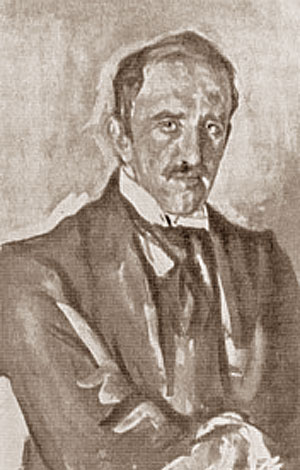
Prince Paolo Petrovich Troubetzkoy was an artist and a sculptor who was described by George Bernard Shaw as "the most astonishing sculptor of modern times". By birth, he was a member of the ancient House of Trubetskoy.

Frederick Elliott Hart was an American sculptor. The creator of hundreds of public monuments, private commissions, portraits, and other works of art, Hart is most famous for Ex Nihilo, a part of his Creation Sculptures at Washington National Cathedral, and The Three Servicemen, at the Vietnam Veterans Memorial in Washington, D.C.
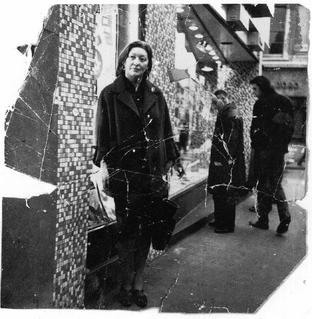
Isabel Rawsthorne, also known at various times as Isabel Delmer and Isabel Lambert, was a British painter, scenery and costume designer, and occasional artists' model. During the Second World War she worked in black propaganda. She was part of an artistic bohemian society that included Jacob Epstein, Alberto Giacometti and Francis Bacon.
Nicholas Mukomberanwa was a Zimbabwean sculptor and art teacher. He was among the most famous protégés of the Workshop School at the National Gallery of Zimbabwe. He was a mentor to the Mukomberanwa Family of sculptors. Mukomberanwa married his first wife, sculptor Grace, in 1965 and they had eight children. In 1965, he decided to end his career with the police to become a sculptor full-time. He continued to hone his skills over the following decade, developing one of the most distinctive personal styles found in his generation of Zimbabwean stone sculptors. The gambit paid off, and by the late 1970s and in the 1980s his work was being shown in many venues. His work has been exhibited in galleries around the world. He also became mentor to many artists in Zimbabwe, including his children Anderson Mukomberanwa, Ennica Mukomberanwa, Lawrence Mukomberanwa, Netsai Mukomberanwa, Taguma Mukomberanwa,Tendai Mukomberanwa and nephew, Nesbert Mukomberanwa who are also sculptors. He remains one of Zimbabwe's most famous artists.
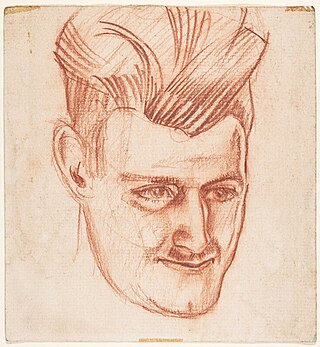
Eric Henri Kennington was an English sculptor, artist and illustrator, and an official war artist in both World Wars.

Hanneke Beaumont is a Dutch sculptor known for her large scale figurative works in terracotta, bronze and cast iron.
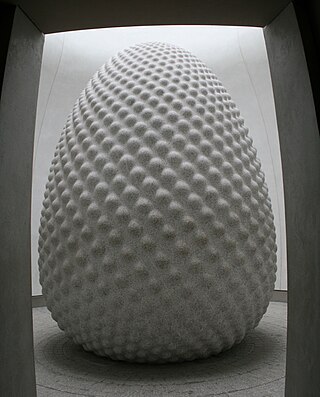
Peter Randall-Page RA is a British artist and sculptor, known for his stone sculpture work, inspired by geometric patterns from nature. In his words "geometry is the theme on which nature plays her infinite variations, fundamental mathematical principle become a kind of pattern book from which nature constructs the most complex and sophisticated structures".
Tony Bevan is a British painter, known for his psychologically charged images of people at the edge of respectable society.
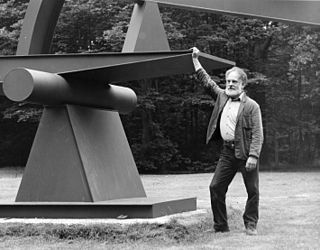
Roy Kitchin was a British sculptor and art educator who worked primarily with steel. He was lecturer in Sculpture at Newcastle University. He co-founded the Open Air Museum of Steel Sculpture in Shropshire, England.

Frederick William Elwell was an English painter in oils of portraits, interiors and figurative subjects. He exhibited at the Paris Salon and the Royal Academy, where he became a member in 1938, and painted a portrait of King George V in 1932.

Ralph Brown was an English sculptor who came to national prominence in the late 1950s with his large-scale bronze Meat Porters, commissioned for Harlow New Town, Essex and is known for his sensual, figurative sculptures.

Robert Ernest Clatworthy RA was a British sculptor and teacher of art. He was head of the fine art department at the Central School of Art and Design in London from 1971 to 1975, and was elected a fellow of the Royal Academy of Arts in 1973.
The Geometry of Fear was an informal group or school of young British sculptors in the years after the Second World War. The term was coined by Herbert Read in 1952 in his description of the work of the eight British artists represented in the "New Aspects of British Sculpture" exhibition at the Biennale di Venezia of 1952.
Marcus Levine is a British nail artist and sculptor. He was born in Yorkshire, England and studied at the Leeds College of Art. His work has featured in The Telegraph, Hello magazine and ArtDaily, along with regional television appearances on BBC Look North and ITV Calendar. He has also carried out radio interviews, with W-Radio in Colombia and Pete Price City Radio.
Adam Madebe is a visual artist, frequently credited as one of Zimbabwe's most known sculptors working in metal. He lives and works in Johannesburg, South Africa.
Karin Margareta Jonzen, née Löwenadler, was a British figure sculptor whose works, in bronze, terracotta and stone, were commissioned by a number of public bodies in Britain and abroad.

















